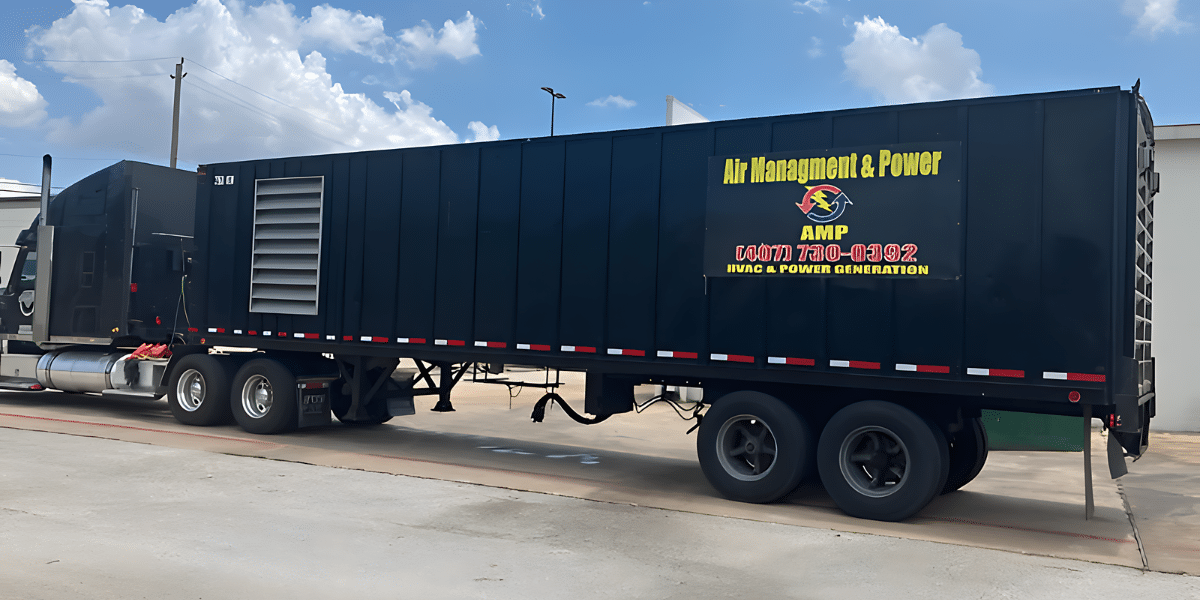Image Commercially Licensed From: Unsplash
By: Joe Mcdermott is a journalist, reporter and writer for SEARCHEN NETWORKS®
The American consumer is feeling the pinch. In the wake of pernicious supply chain issues caused by the COVID-19 pandemic, the cost of personal transport soared, redefining what bang-for-buck really means in the automobile industry. Even with the recent fall in wholesale prices of used cars and trucks for sale, the market is still leagues away from the comfortable norms that were once the status quo.
As per ADESA Auctions’ latest monthly report, the average wholesale price of a used vehicle dropped to $14,012 by November 2023, marking a 4.6 percent year-on-year decrease. However, it is vital to recognize the broader picture, which remains somewhat bleak. When juxtaposed with the November 2019 data, current prices are still a substantial 26.5 percent higher, which equates to a price difference of $2,938.
ADESA’s data serves as a timeline into the past few tumultuous years. Average wholesale prices for used vehicles sky-rocketed past the $16,000 threshold for the first time in September 2021, then reached an all-time high in May 2022, at a staggering $17,843.
“We can attribute the current downward curve to customary seasonal trends,” said Tom Kontos, Chief Economist for ADESA Auctions. “On average, car prices take a dip in winter and begin climbing up once spring ushers in the full driving season.”
This pattern proves consistent with what we are witnessing today. As November rolled into December 2023, we saw wholesale used vehicle prices taking a second consecutive monthly dip. Kontos notes, “This is rather typical for the end-of-year holiday season. Dealers seem well-stocked and prepared for the predicted soft retail demand.”
However, the high pricing is not the only obstacle impeding vehicle purchases. High-interest rates on auto loans compound the financial pain for consumers seeking to buy vehicles, new or used, contributing directly to a sluggish demand.
Faced with inflated auction prices, dealerships have started to seek alternative, economical means to attain used cars. Instead of going for the conventional auctions, more dealers are now exploring trade-ins or private sales to fulfill their inventory requirements.
The persistence of high prices may prove a double-edged sword, increasing profits individually and yet decreasing total sales volume. In this time of inflated costs and pronounced uncertainty, thrift and resourcefulness become key in satisfying the needs of both dealer and consumer. Success will favor those who can deliver quality products at prices accessible to the average American.
While these astronomical purchase prices continue to strain consumers, they signal the industry’s resilience amidst the ebb and flow of unprecedented global disruptions. The return to pre-pandemic price levels will inevitably be slow, and the road to recovery will likely remain bumpy. But these minor decreases offer a moment of reprieve and, perhaps, a sign of hopeful stabilization; a positive nod towards a future where both dealers and consumers can once again meet at an affordable price point.
As the auto market navigates the stormy waters of high prices and economic uncertainty, Auto Buyers Market remains a committed guide, empowering customers with the most recent and relevant information. To stay informed about the latest trends in the automobile industry, visit the Auto Buyers Market news.






